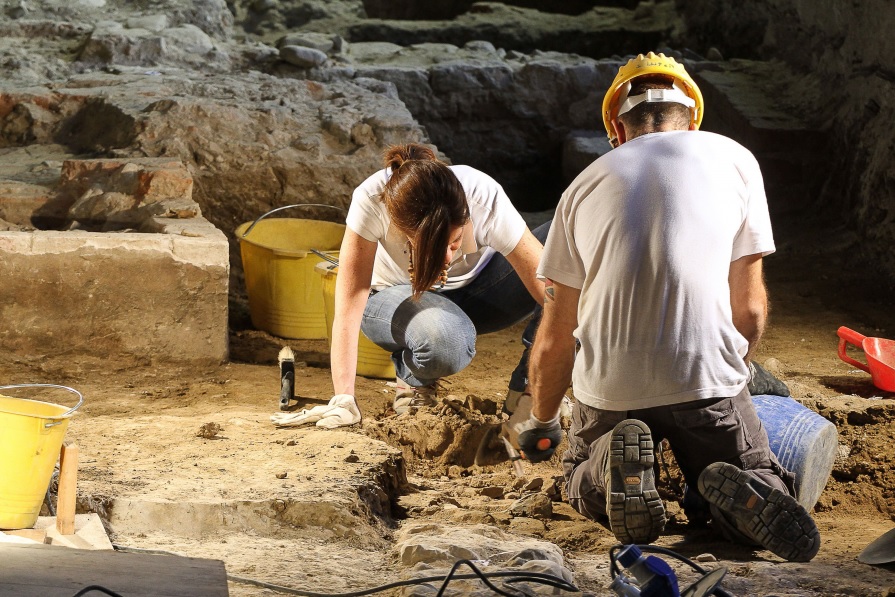Mark Hauser on the Importance of Archaeology in Understanding Societies
Summary
A researcher in the field for over three decades, Mark Hauser has dedicated his career to educating others about the importance of historical archaeology. In addition to publishing a number of papers, he has written three books on the topics […]

A researcher in the field for over three decades, Mark Hauser has dedicated his career to educating others about the importance of historical archaeology. In addition to publishing a number of papers, he has written three books on the topics of local ceramics and economics in 18th century Jamaica, archaeology in Dominica, and the ecological legacies of colonialism and slavery in the Caribbean.
For Mark Hauser, who earned his Ph.D. in anthropology from Syracuse University in 2001, archaeology helps to recreate the lives of ordinary people, and create a lens through which we can view our own society. He has been working on archaeological sites in the Caribbean since 1991, and is an assistant professor of anthropology at Northwestern University.
Mark Hauser gave a presentation during the 2012 Chicago Humanities Festival in which he explained what can be learned from the excavation of plantations and estate houses in the American South and the Caribbean. He explained that objects left behind at these sites can provide compelling insights on how slaves shaped the world around them in meaningful ways, even in times of extreme turmoil. During the talk, which lasted almost an hour, he relegated what stories these objects told, changing perceptions on the social and intellectual contributions of Africans in the New World.
Also in 2012, Mark Hauser was featured in an article in The Daily Northwestern highlighting his Introduction to Archaeology class’ and their dig near the boathouse located on the university campus. With plans underway to build a new visitor’s center in the location, 10 of his students excavated two small sites in order to further understand student life at Northwestern University and find physical evidence of a “lifesaving club,” a group that would rescue victims of shipwrecks in Lake Michigan at the turn of the century.
According to one student who participated in the dig, there was a sense of urgency and meaning to those who participated, knowing that soon construction would render the site inaccessible and those pieces of history could potentially be lost forever. The class first learned about the club in a documentary from the university’s archives, and learned that it was a highly prestigious institution at the time. Members of the club were held in high regard.
Artifacts the students found include a pipe that could have been part of the house, and a ceramic that may have been a tea saucer. Additionally, according to Mark Hauser the students’ research indicated that alcohol may have been consumed at the lifesaving club during Prohibition.
The Introduction to Archaeology students also learned that the division between the university’s North Campus and South Campus may have originated from the fact that there used to be a small stream dividing the two locations. They found accounts of the river, which referred to it as “The Rubicon,” named after the river Julius Caesar crossed in ancient times to enter Rome.
Hauser believes that archaeological explorations such as this help us to understand how people of the past built a community and a life.
